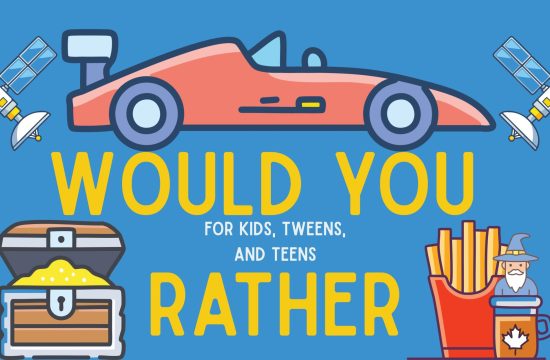Learning to read well is so important that the American Academy of Pediatrics suggests pediatricians “prescribe” reading aloud to parents of young children. For many parents, the question is how kids should be reading. Is reading on a new-fangled screen better or worse than reading an old-fashioned book? Researchers don’t yet have definitive answers, but it’s beginning to look as though reading in different formats presents different challenges and rewards. Kids will have an advantage if they are comfortable with both print and pixels.
In many ways, what’s happened to reading mirrors conversations about cooking that goes on in many families. Often parents need to get supper on the table fast! And most people believe family life is enriched by setting aside time to linger over meals made from scratch. In our interactive world, reading also has a dual personality. The sheer quantity of information available online means children need to learn how to browse, skim and scan, zeroing in on key words and making use of links. At the same time, children also benefit from what’s being called “slow reading”. Total immersion in a text is both a source of pleasure and a way to cultivate deeper attention and better thinking.
Here are suggestions about how to encourage both skills at every age:
Before age 5.
Very young children are drawn to color and sound, so it’s no surprise that they reach for tablets and cellphones. Seek out apps that are responsive instead of passive, so kids become accustomed to the idea that they can control what happens on the screen.
Research also suggests that there are measurable benefits from sharing traditional picture books with little ones. In one recent study, 3- to 5-year-old children understood more about a story when parents read from a paper book rather than an e-book. Researchers speculate that the kids-and their parents-got distracted by the options presented by the e-book, so they were less able to focus on content. Also, when parents read paper books, they were more likely to engage in what experts call “dialogic reading,” adding questions and asides that connect the story to the child’s experience.
Elementary School.
Before they are competent readers, children enjoy playing interactive games. Research suggests that the selective attention required by games may actually teach kids to screen out distraction, making it easier for them to focus on other online tasks including reading.
Even after they can read independently, children still benefit from reading aloud with parents, so don’t give up prematurely on bedtime stories. Reading together gives parents opportunities to ask questions that deepen a child’s connection to the text-what do you think will happen next? Why did the character choose to do something? How did another character feel? This is also a good age to encourage reading as a habit. Whenever possible, set aside 30 minutes a day for dedicated reading.
Middle school.
Online reading requires much greater self-control than a physical book, according to Julie Coiro, a researcher who has studied digital reading comprehension in middle-school students. Since preadolescents are so easily distracted, they may need help in structuring online homework so they don’t bounce endlessly between websites, games, social media and text messages. Talk to your child about tuning out e-noise when they read if only because schoolwork will be finished more quickly. Put the phone in airplane mode. Don’t click on extraneous links.
Parents may also be dismayed to find that children who were avid readers in elementary school seem to lose interest in books in middle school. Don’t give up. Look for books that connect with special interests and explore the social situations that are often so perplexing to preadolescents. Give your children a chance to discover series books and graphic novels, poetry and photo essays, infographics and the novels behind the movies they love.
High school.
Researchers are beginning to detect subtle differences in what people comprehend when they read on devices and on paper. For example, one study found that people who read online were able to recall facts, but had a harder time writing an analysis of the material. Encourage your high school student to make more deliberate choices about how he or she wants to read by asking questions about what works best. Is this an assignment that requires skimming or deep reading? When do you need to focus your attention? What’s the best way to do that?
Whenever possible, point out opportunities for what Ralph Waldo Emerson called “creative reading,” which depends upon “labor and invention.” Be sure teens have access to physical books they can annotate. Although some e-readers now offer this option, it can still be very satisfying to underline passages and jot notes in the margin of a beloved book. Introduce your child to the idea of keeping a reading journal to record private reflections as well as the possibility of sharing thoughts on social media sites devoted to books such as Riffle, Goodreads and Shelfari.
At every age, children are more likely to become proficient readers if they are surrounded by opportunities to read. Be sure your child has a library card so you can borrow physical as well as e-books. Pick up paperbacks at garage sales and download free books from websites like the Gutenberg Project. Most of all, don’t belittle one kind of reading at the expense of another. This is one case where the old song definitely rings true: “Make new friends but keep the old. One is silver and the other’s gold!”








